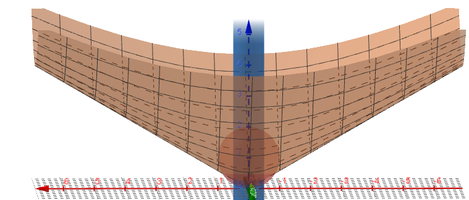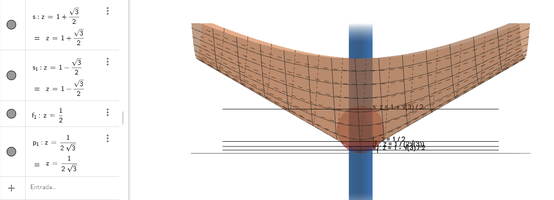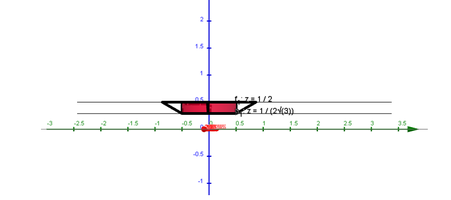Hello I'm doing the multivariable calculus homework and I'm stuck with this exercise:
Find the volume of [math]\Omega= \left \{ (x,y,z)/ z\geq \frac{\sqrt{x^{2}+y^{2}}}{\sqrt{3}}, x^2+y^2+z^2\leq 2z, x^2+y^2\geq\frac{1}{4} \right \}[/math]
Making an intersection between surfaces I got the following values:
[math]\left\{\begin{matrix} x^2+y^2+z^2= 2z\\ x^2+y^2=\frac{1}{4} \end{matrix}\right.\\ z=1+\frac{\sqrt{3}}{2},z=1-\frac{\sqrt{3}}{2},[/math][math]\left\{\begin{matrix} z= \frac{\sqrt{x^{2}+y^{2}}}{\sqrt{3}}\\ x^2+y^2+z^2= 2z \end{matrix}\right.\\ z=0,z=\frac{1}{2}[/math]
[math]\left\{\begin{matrix} z= \frac{\sqrt{x^{2}+y^{2}}}{\sqrt{3}}\\ x^2+y^2=\frac{1}{4} \end{matrix}\right.\\ z=0,z=\frac{1}{2{\sqrt{3}}}[/math]
The answer muts be [math]\frac{\pi}{4}(5-\sqrt{3}[/math]
But I got this [math]\frac{1}{6}-\frac{\sqrt{3}}{8}[/math]
And and this is are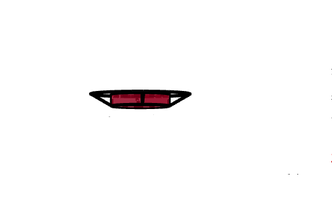 my sketch on Geogebra
my sketch on Geogebra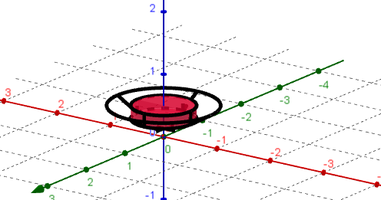
I hope you guys can help me :c
Find the volume of [math]\Omega= \left \{ (x,y,z)/ z\geq \frac{\sqrt{x^{2}+y^{2}}}{\sqrt{3}}, x^2+y^2+z^2\leq 2z, x^2+y^2\geq\frac{1}{4} \right \}[/math]
Making an intersection between surfaces I got the following values:
[math]\left\{\begin{matrix} x^2+y^2+z^2= 2z\\ x^2+y^2=\frac{1}{4} \end{matrix}\right.\\ z=1+\frac{\sqrt{3}}{2},z=1-\frac{\sqrt{3}}{2},[/math][math]\left\{\begin{matrix} z= \frac{\sqrt{x^{2}+y^{2}}}{\sqrt{3}}\\ x^2+y^2+z^2= 2z \end{matrix}\right.\\ z=0,z=\frac{1}{2}[/math]
[math]\left\{\begin{matrix} z= \frac{\sqrt{x^{2}+y^{2}}}{\sqrt{3}}\\ x^2+y^2=\frac{1}{4} \end{matrix}\right.\\ z=0,z=\frac{1}{2{\sqrt{3}}}[/math]
The answer muts be [math]\frac{\pi}{4}(5-\sqrt{3}[/math]
But I got this [math]\frac{1}{6}-\frac{\sqrt{3}}{8}[/math]
And and this is are
 my sketch on Geogebra
my sketch on Geogebra
I hope you guys can help me :c

